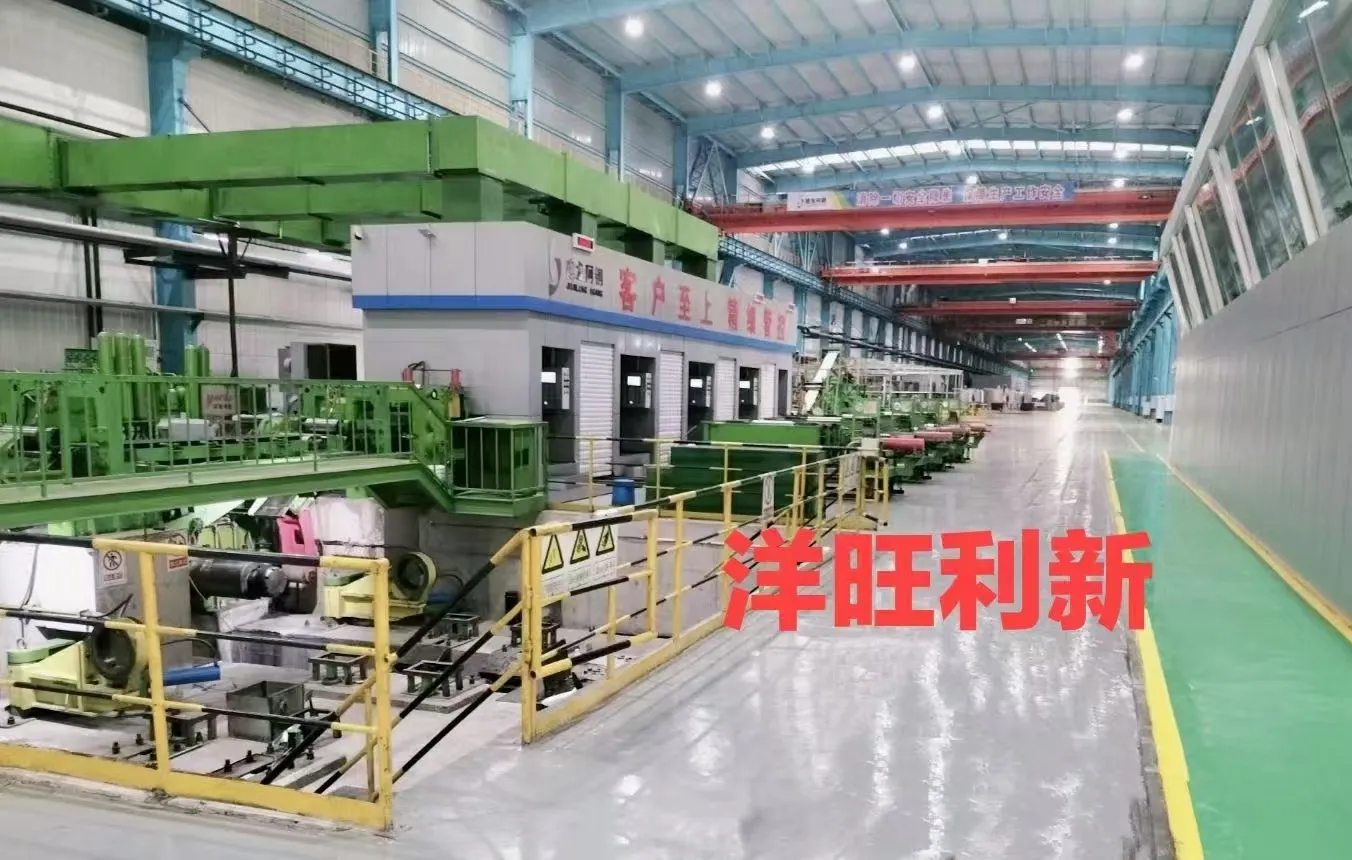
The Pivotal Position of Hot Rolling Mills in the Iron and Steel Industry Chain
In the vast and complex iron and steel industry chain, hot rolling mills stand as crucial processing units. A hot rolling mill, also known as a hot steel rolling mill, is a facility where steel is processed at elevated temperatures. This high - temperature treatment enables the steel to be shaped more easily compared to cold working processes.

The hot rolling mill equipment, which encompasses a variety of specialized machinery, and hot rolling machines are the workhorses that transform semi - finished steel products into a wide range of finished goods. Among the different types of hot rolling mills, the hot strip rolling mill is particularly significant, playing a key role in producing steel strips that are fundamental for numerous downstream applications.
The Initial Hot Rolling Mill Processing Stage: From Steel Billets to Workable Forms
The journey of steel in a hot rolling mill typically begins with steel billets. These billets, which are semi - finished steel products, are fed into the hot rolling mill. The high temperatures in the hot rolling environment, often above the recrystallization temperature of steel (around 900 - 1100°C for carbon steel), make the steel more malleable. The hot rolling mill equipment, such as large - diameter rolls, starts the process of reducing the thickness and shaping the billets.
The hot rolling machines are designed to apply controlled pressure on the hot steel. As the steel billet passes through the rolls, its cross - sectional area is gradually reduced. This not only changes the physical dimensions of the steel but also affects its internal structure. The high - temperature rolling process helps in recrystallizing the steel grains. This results in a more uniform and refined grain structure, which in turn improves the mechanical properties of the steel. For example, the ductility and toughness of the steel are enhanced, making it more suitable for further processing and for use in applications where these properties are crucial.
The Significance of Hot Strip Rolling Mills
Hot strip rolling mills are a specialized type of hot rolling mill that play a central role in the production of steel strips. Steel strips produced by hot strip rolling mills are used in a vast array of industries. In the automotive industry, these strips are the raw material for manufacturing car bodies, chassis components, and engine parts. The high - quality surface finish and precise thickness control achieved in hot strip rolling mills are essential for ensuring the safety and performance of automotive products.
In the construction industry, hot - rolled steel strips are used for making roofing sheets, structural components, and pipes. The ability of hot strip rolling mills to produce large - volume, high - quality strips efficiently meets the high - demand requirements of the construction sector. The construction industry relies on the durability and strength of hot - rolled steel strips, which are a result of the rolling process in hot strip rolling mills.
Value Addition of Hot Rolling Mill in the Industry Chain
Hot rolling mills add significant value to the iron and steel industry chain. By transforming simple steel billets into more refined and useful products, they bridge the gap between steel production and end - user applications. The precision and efficiency of hot rolling mill equipment are key factors in determining the quality and quantity of the final products.
The consistent quality of the products produced by hot rolling mills also reduces waste in the downstream manufacturing processes. For example, when steel strips produced by hot strip rolling mills are used in the manufacturing of appliances, the accurate thickness and uniform mechanical properties ensure that the manufacturing process is smooth, with fewer rejects. This not only saves costs for the appliance manufacturers but also contributes to the overall efficiency of the industry chain.
Linking Upstream and Downstream Industries of Hot Rolling Mill
Hot rolling mills act as a vital link between upstream steelmaking processes and downstream manufacturing industries. Upstream, they receive semi - finished steel products from steel smelters and continuously casting plants. The seamless integration between these upstream units and hot rolling mills is crucial for the efficient flow of materials in the industry chain.
Downstream, the products of hot rolling mills, such as those from hot strip rolling mills, are fed into various manufacturing industries. This connection ensures the availability of high - quality raw materials for the production of a wide range of consumer and industrial goods. Without the reliable operation of hot rolling mills, the entire iron and steel industry chain would face disruptions, leading to shortages of essential steel - based products in the market.
In conclusion, hot rolling mills, with their diverse equipment and specialized types like hot strip rolling mills, occupy a pivotal position in the iron and steel industry chain. Their role in shaping steel, enhancing its properties, and adding value cannot be overstated. From the initial processing of steel billets to the production of high - quality products for a multitude of industries, hot rolling mills are the backbone that supports the seamless flow of materials and the production of essential goods in the modern economy. As technology continues to advance, the further improvement of hot rolling mill equipment and processes will only strengthen their position and contribution to the iron and steel industry chain.
-
Indian Clients Visit YWLX to Inspect Skin-pass MillNewsJun.22,2025
-
Typical Products from Reversing Cold Rolling ProcessNewsMay.26,2025
-
Surface Finish Improvement through Skin Pass RollingNewsMay.26,2025
-
Integration of AGC Systems in Modern Cold Rolling MillsNewsMay.26,2025
-
Cold Rolling in the Context of High-Strength Steel DemandNewsMay.26,2025
-
AGC in Hot Rolling Mills: Challenges and SolutionsNewsMay.26,2025
-
Why Reversing Cold Rolling Mills Are Ideal for Specialty MetalsNewsMay.13,2025










